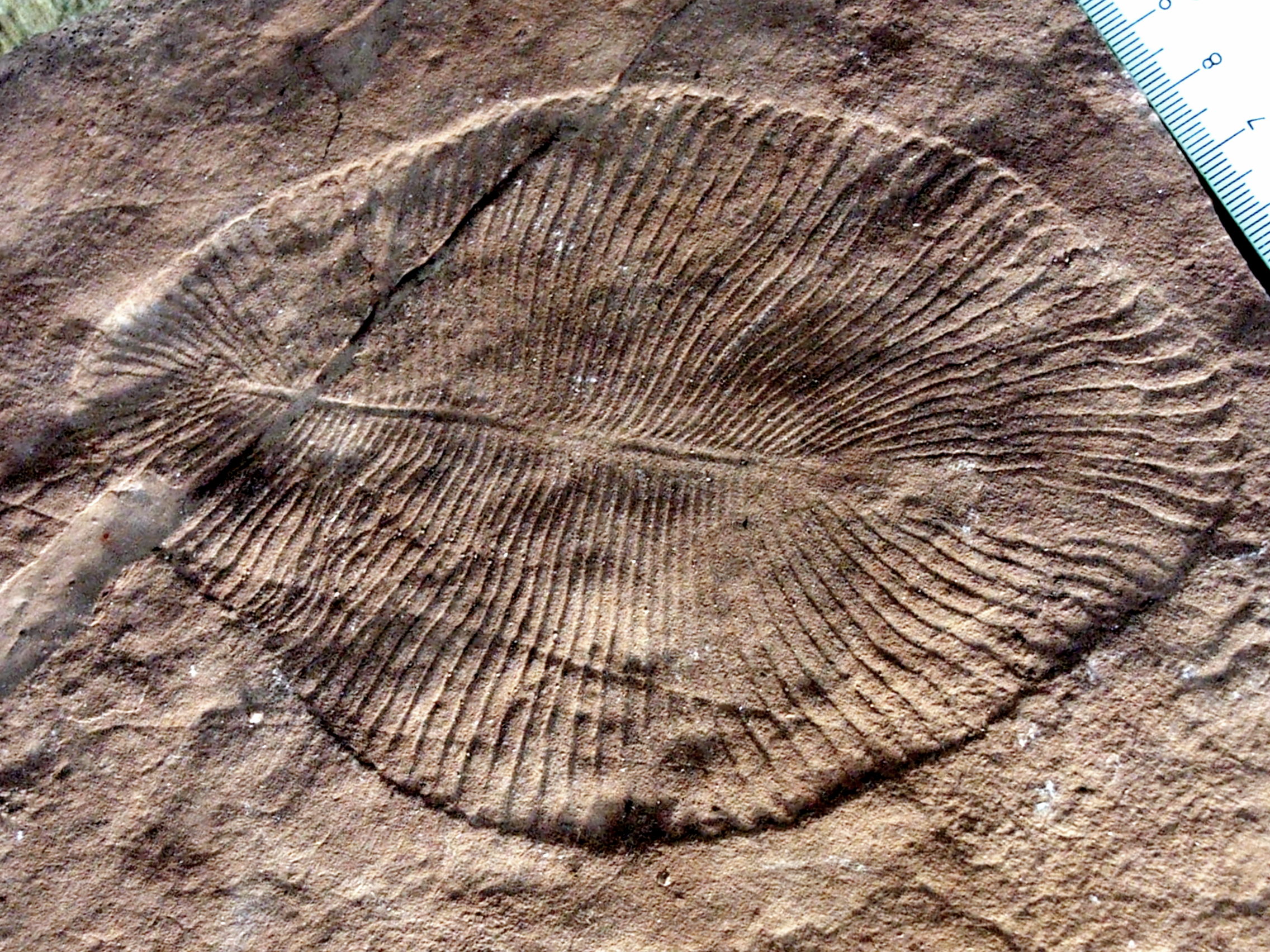Dickinsonia was a giant of the Ediacaran era – growing up to 1.4m in length at a time when most life on Earth was confined to the microscopic. Further to this, the “pancake-like” entity achieved this 17 million years before Cambrian explosion, the notorious event 541 million years ago when most life on Earth started to grow to sizes beyond a few millimeters.
Dickinsonia fossils are not rare – they are thought to have been among the most common creatures in the ocean 558 million years ago – and have been under the paleobiological microscope since their discovery in the 1940s. However, for all this time, scientists have not been able to tell from the geological record what they actually were. These fossils have been labelled as bacterial colonies, gigantic unicellular protists, and as primitive animals, with no conclusive evidence to support any of the bids. This is until a team lead by Jochen Brocks from the Australian National University came up with the neat idea of using the fats embedded in the cell membranes of the ancient creatures to sniff out their evolutionary origins.
Sterols are fatty molecules which stabilise membranes, stopping them from getting too fluid or too rigid. Every major group of life on Earth uses a distinct and set type of sterol for this job. In lichens this is ergosterol, and in animals it is mainly cholesterol. Amazingly, fossilised mats of algae found at the White Sea in northwestern Russia contain Dickinsonia whose sterol composition can still be analysed, thanks to the “mummifying” effect of the surrounding algae. The fossils were found to contain 93% cholesterol – a sure sign that these are incredibly old members of our division of the natural world – the Metazoa.
While this imaginative approach has taken us tantalisingly far back into Metazoan history, there is still an immense amount of discovery to be had going forward. Molecular clock dating studies (which use mutation rates to approximate when organisms first diverged from one another) suggest that the first bilaterian phyla (our ancient relatives) diverged over 100 million years before the Cambrian – eons before Dickinsonia even existed. Fossils like filamentous Rangeomorphs represent far older, and possibly far more illuminating facets of early animal evolution, but their age makes golden opportunities for biochemical analysis far less likely, and the information that they might yield still further out of reach – until another innovative solution is created.





